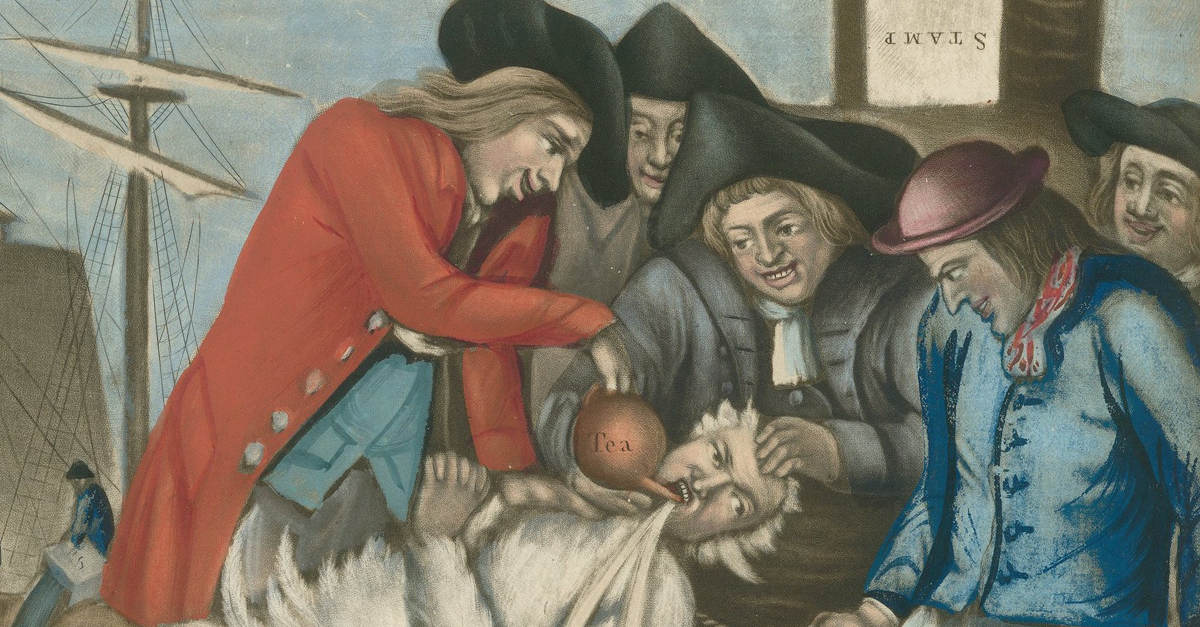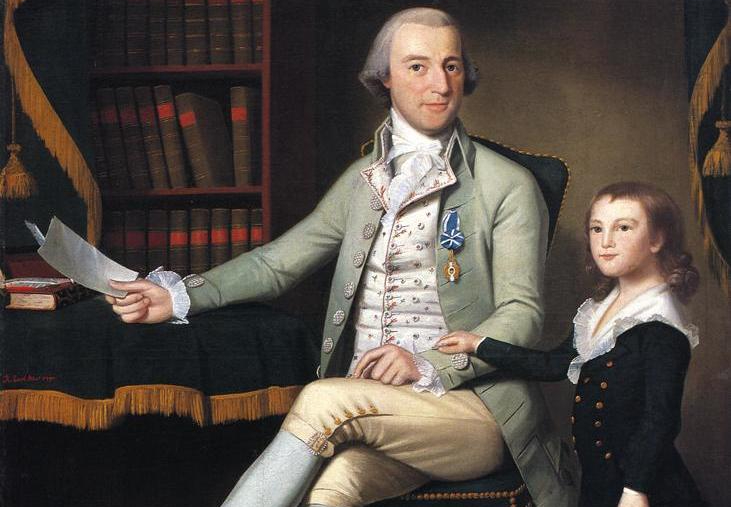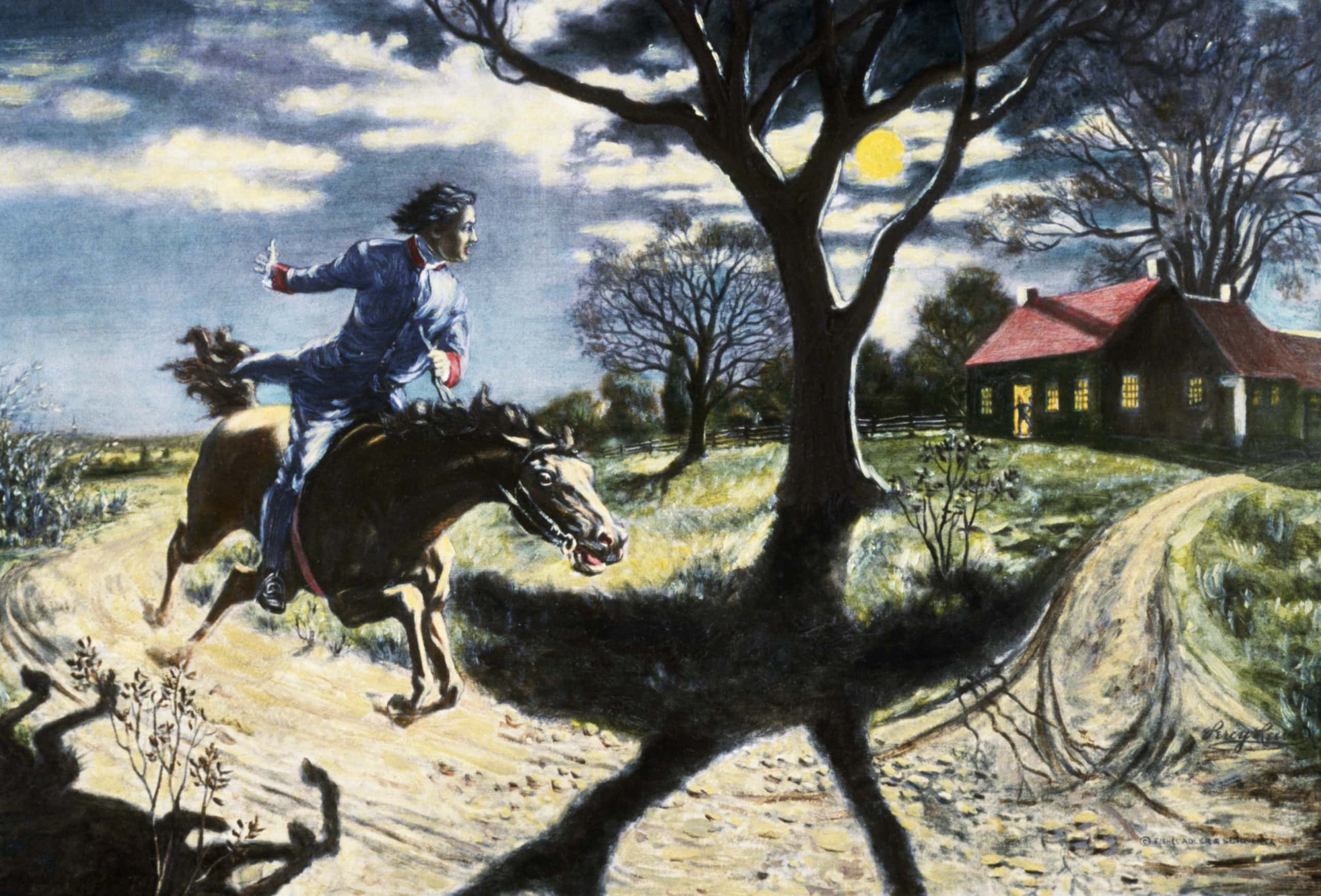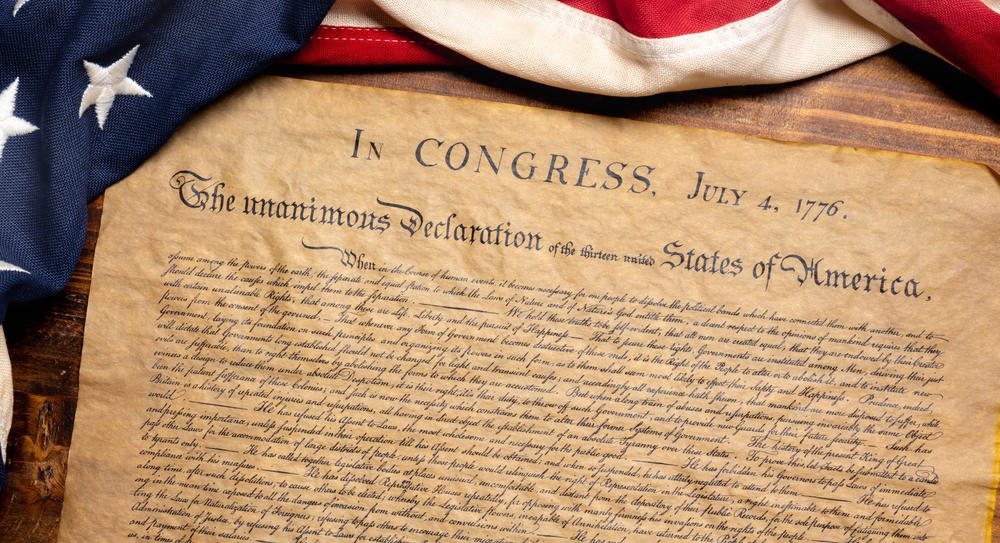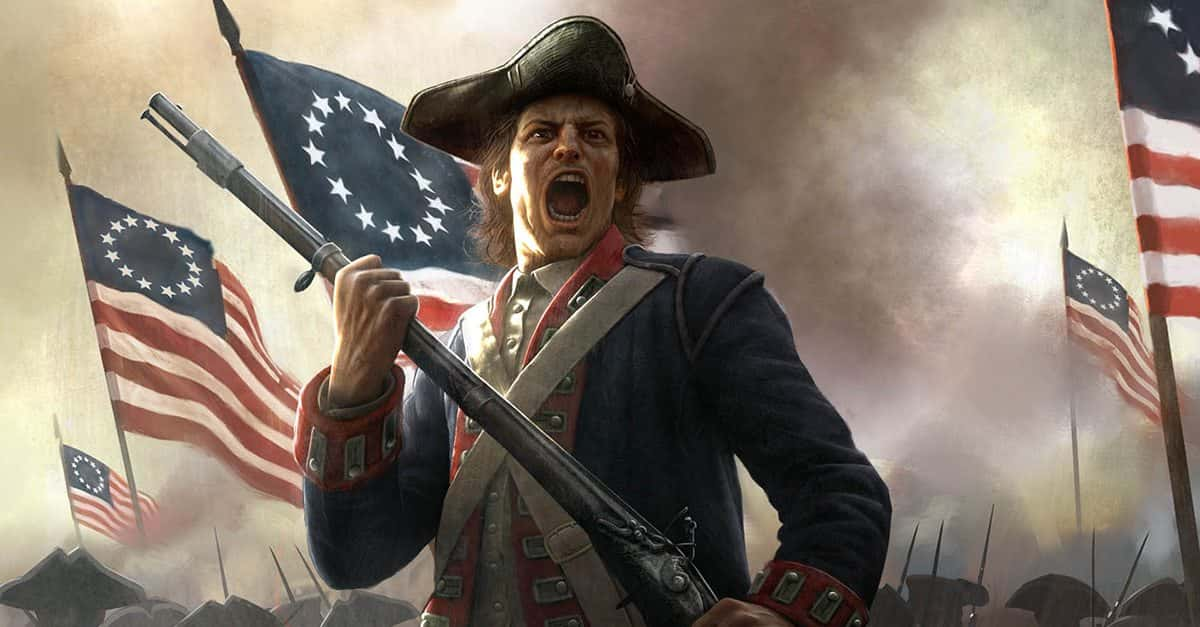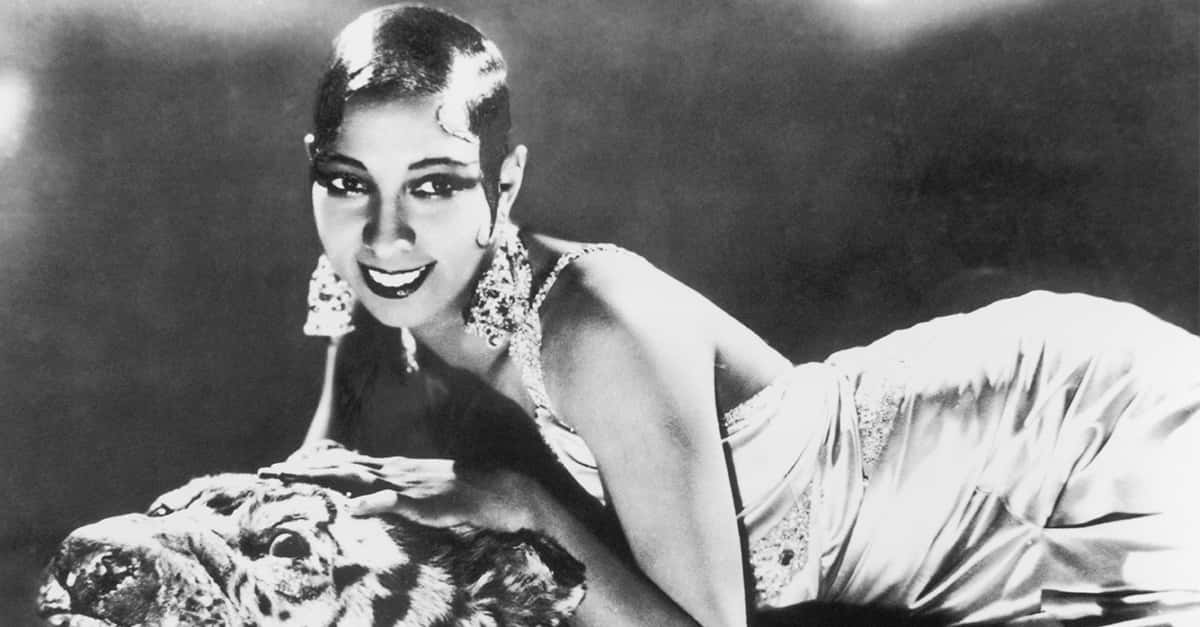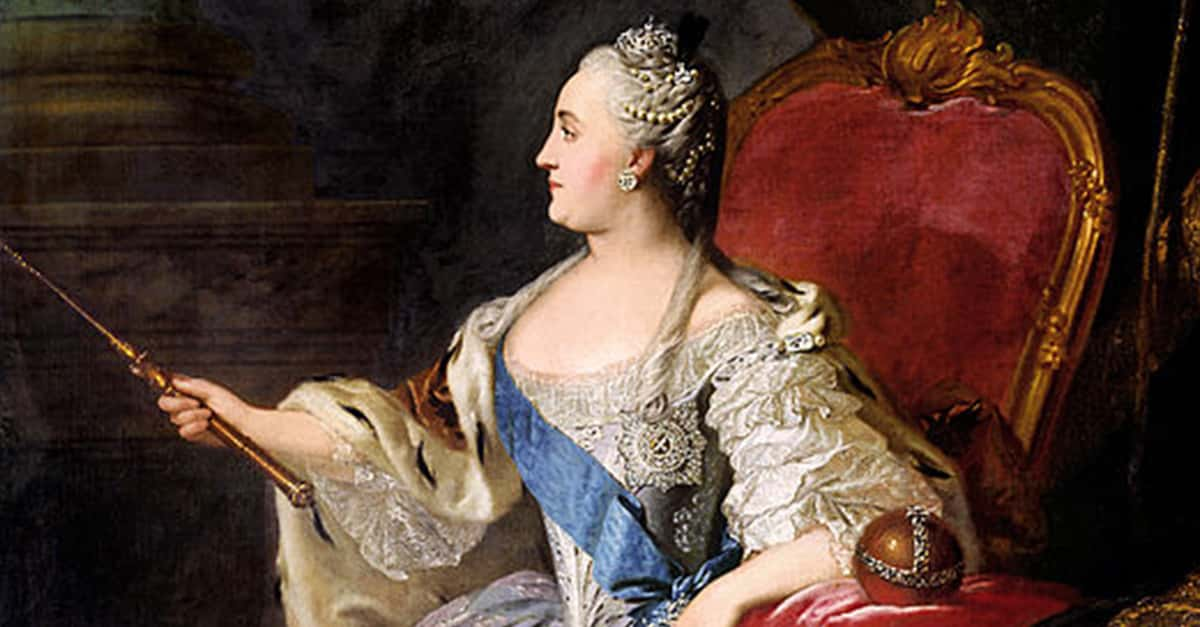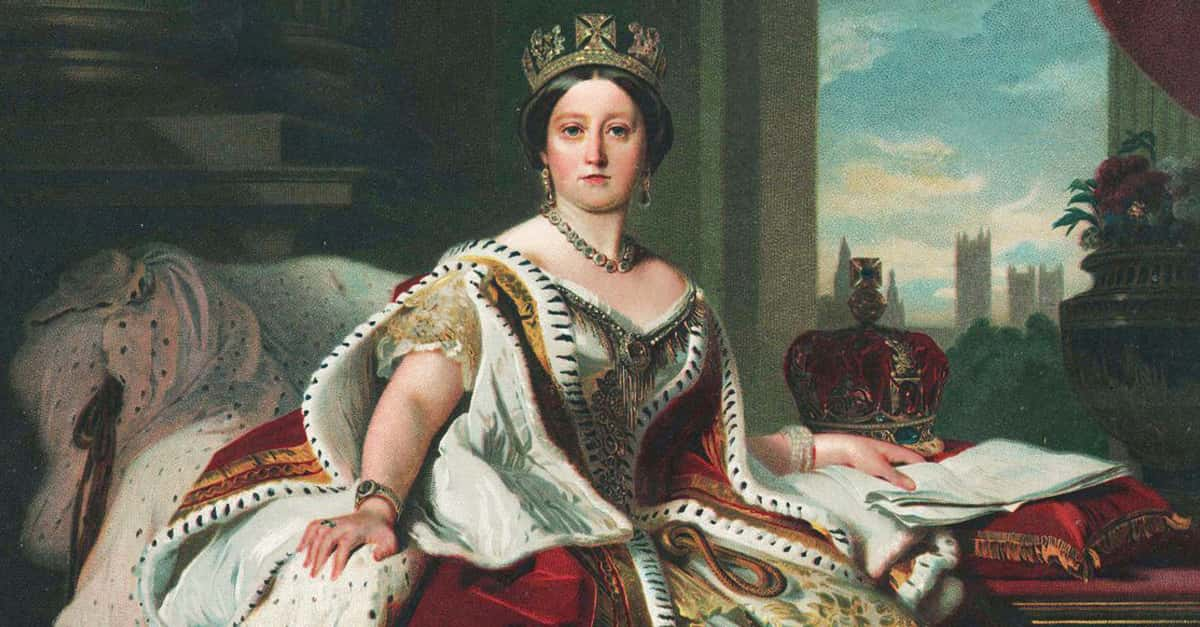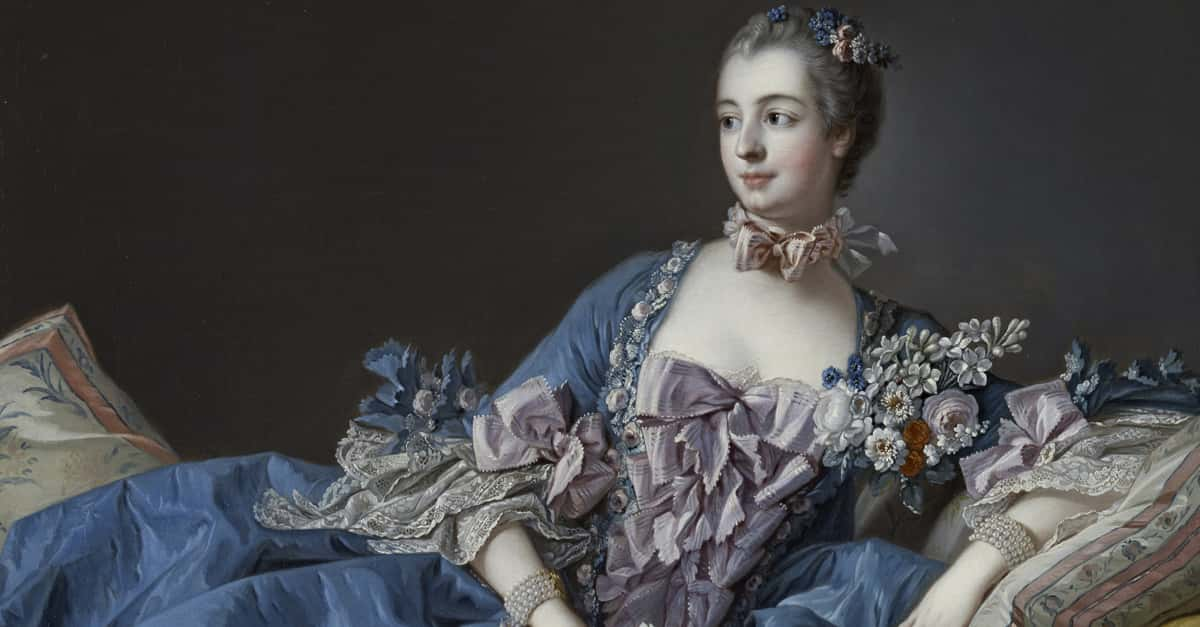Give Me Liberty Or Give Me Death!
War is serious business—until it’s not. Behind the stories of incredible bravery, brutal defeat, and all the uncertainty in between, the Revolutionary War was actually the setting for some of history’s most bizarre moments.

Not Just A Magic Trick
Movie series like James Bond and Mission: Impossible make spycraft look like a game filled with the most inscrutable and interesting gadgets and innovations—but even back in the 18th century, spies took a creative approach to their work.
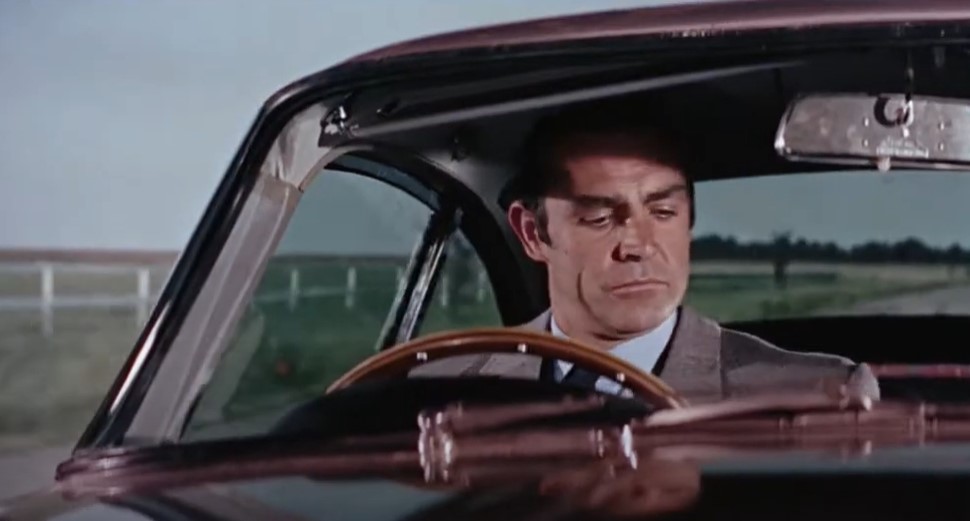 Eon Productions, Thunderball (1965)
Eon Productions, Thunderball (1965)
The Culper Spy Ring
The Culper Spy Ring counted members like General George Washington among its ranks—and to keep their communications private, they used a form of invisible ink to keep their communications hidden from British forces.
A Woman In The Continental Army
When you really believe in a cause, you’ll do anything to fight for it—and no one proved that more than Deborah Sampson, a 21-year-old woman who dressed up as a man, took the name of one of her dead relatives, and signed up for the Fourth Massachusetts Regiment of the Continental Army in 1782.
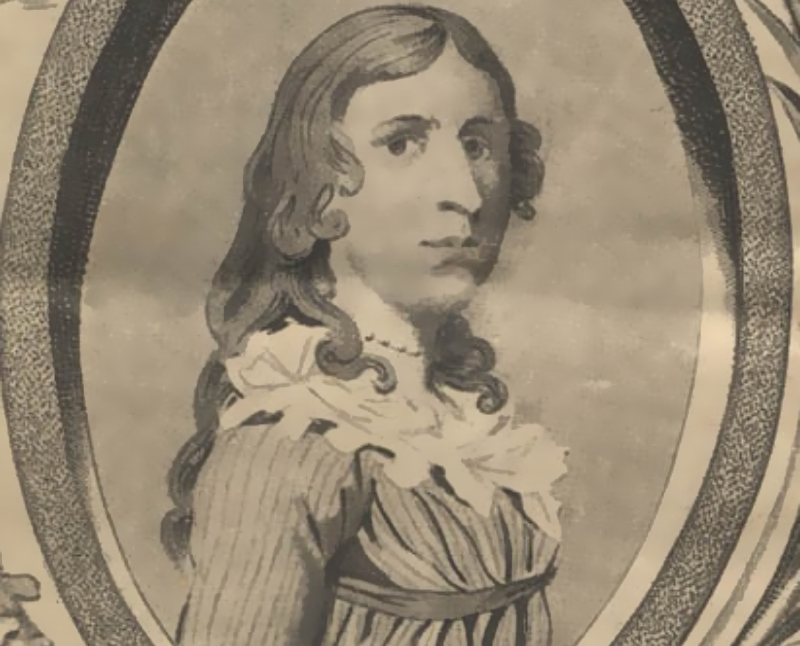 George Graham, Wikimedia Commons
George Graham, Wikimedia Commons
Caught In The Act
Sampson was actually able to fight for more than a year for the cause she believed in—but when she was injured, a doctor discovered her shocking secret. Exposed, she could’ve been subject to a terrible punishment. Instead, she was discharged with honor.
 Gary Sanchez Productions, Drunk History (2013-2019)
Gary Sanchez Productions, Drunk History (2013-2019)
The British Are Coming!
In one of the most iconic moments of the Revolutionary War, Paul Revere rode through the woods in the dark of night to warn the colonial forces that “The British are coming!” It’s a story that’s been retold over and over, and Revere has been lionized for it—but it’s not the full story.
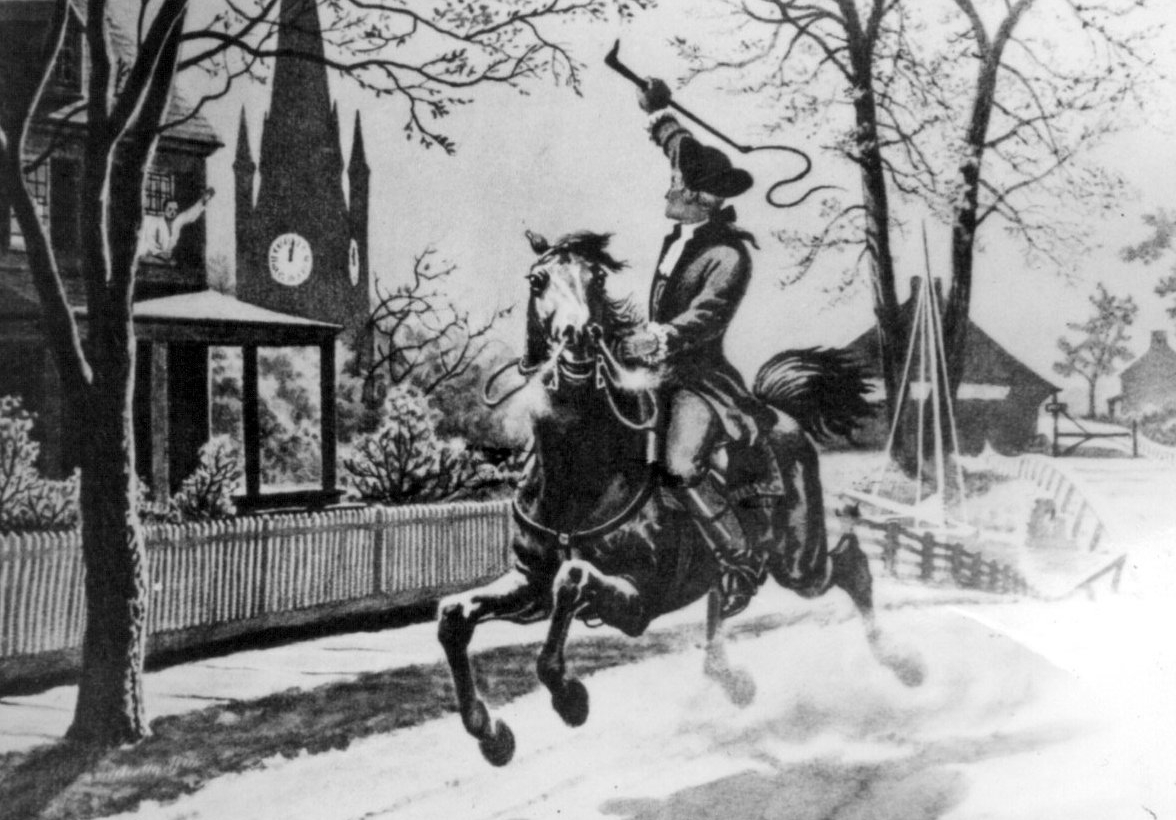 Office of War Information, Wikimedia Commons
Office of War Information, Wikimedia Commons
Teamwork Makes The Dreamwork
Revere wasn’t actually alone on his legendary ride. He was accompanied by three other men: Israel Bissell, William Dawes, and Samuel Prescott. So, why do people retell the story and just mention Revere? Well, when Henry Wadsworth Longfellow was writing his poem about the incident, “Paul Revere’s Ride,” it was easier for him to just mention the one guy.
The Other Midnight Ride
Yes, Paul Revere wasn’t the only one to undertake a daring mission to warn colonial forces the British were coming—he had help. Two years later, a brave 16-year-old girl undertook a similar ride to deliver devastating news.
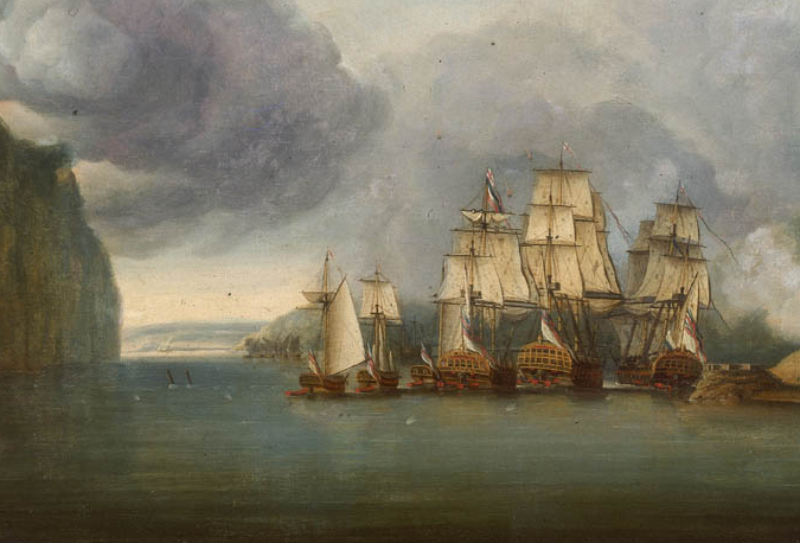 Thomas Mitchell, Wikimedia Commons
Thomas Mitchell, Wikimedia Commons
Sybil’s Ride
Sybil Ludington, the daughter of a colonel, took off on her horse at 9pm, riding until dawn to cross the 40 miles needed to warn members of the New York militia that loyalist forces had set fire to the town of Danbury, Connecticut. Pretty brave for a teen girl!
 MyMiskyStinks56, CC BY-SA 4.0, Wikimedia Commons
MyMiskyStinks56, CC BY-SA 4.0, Wikimedia Commons
The Tea Party
Another remarkable moment from the Revolutionary War was the famous Tea Party, where the Sons of Liberty dumped 342 chests of tea into Boston Harbor to protest taxation from England. They really got a lot of attention for the stunt—and when something works, why not put it into regular practice?
 Nathaniel Currier, Wikimedia Commons
Nathaniel Currier, Wikimedia Commons

History's most fascinating stories and darkest secrets, delivered to your inbox daily.
The Tea Party: The Sequel
If it ain’t broke, don’t fix it—that’s the philosophy the Sons of Liberty might have been ascribing to on March 7, 1774, when they attempted to make a sequel to the original Tea Party. This time, it wasn’t quite the same attention-grabbing statement. They only dumped 16 chests of tea, and the incident was basically forgotten to history.
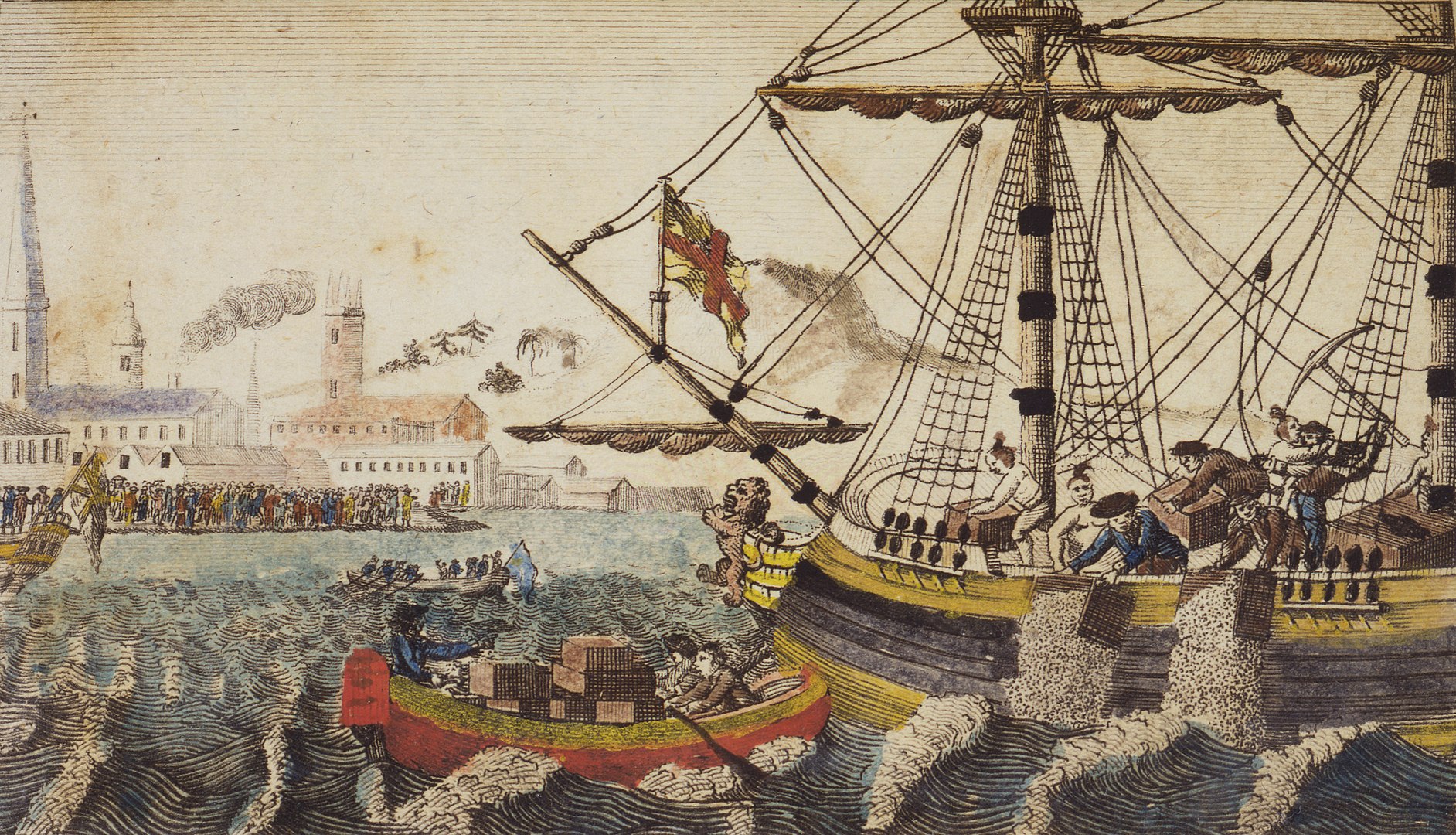 Cornischong, Wikimedia Commons
Cornischong, Wikimedia Commons
Choosing Sides
At one of the most pivotal moments of the Revolutionary War, over 10,000 Black people who’d been enslaved broke free. The British forces made them an offer: if they fought with them, they’d give them freedom. The colonial forces were not happy with this arrangement.
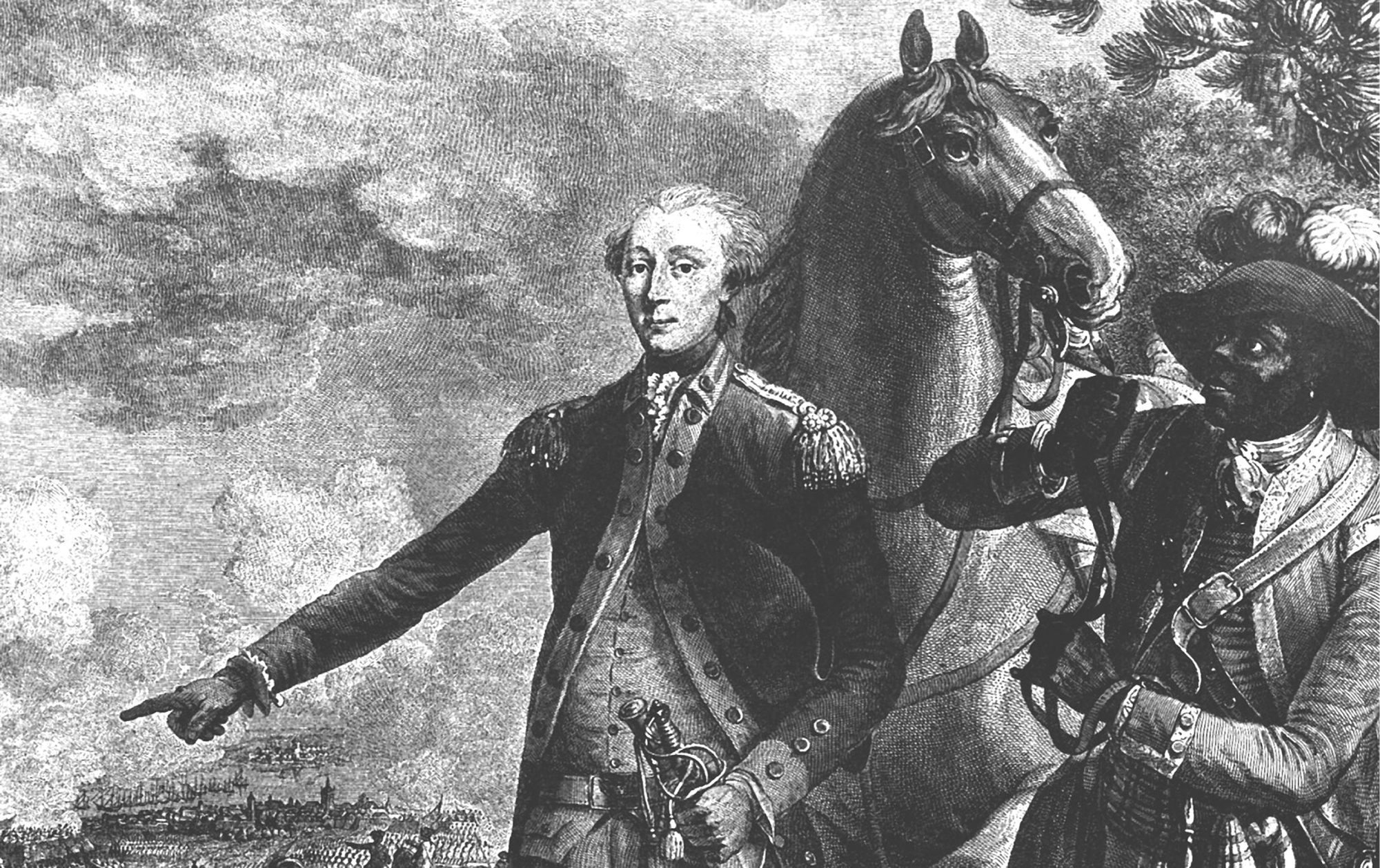 Interim Archives, Getty Images
Interim Archives, Getty Images
The Airing Of The Grievances
In the Declaration of Independence, this particular incident was mentioned as the British “[exciting] domestic insurrections among us”. Petty! Meanwhile, on the other side of things, the Ethiopian Regiment ended up being the first all-Black military battalion in America.
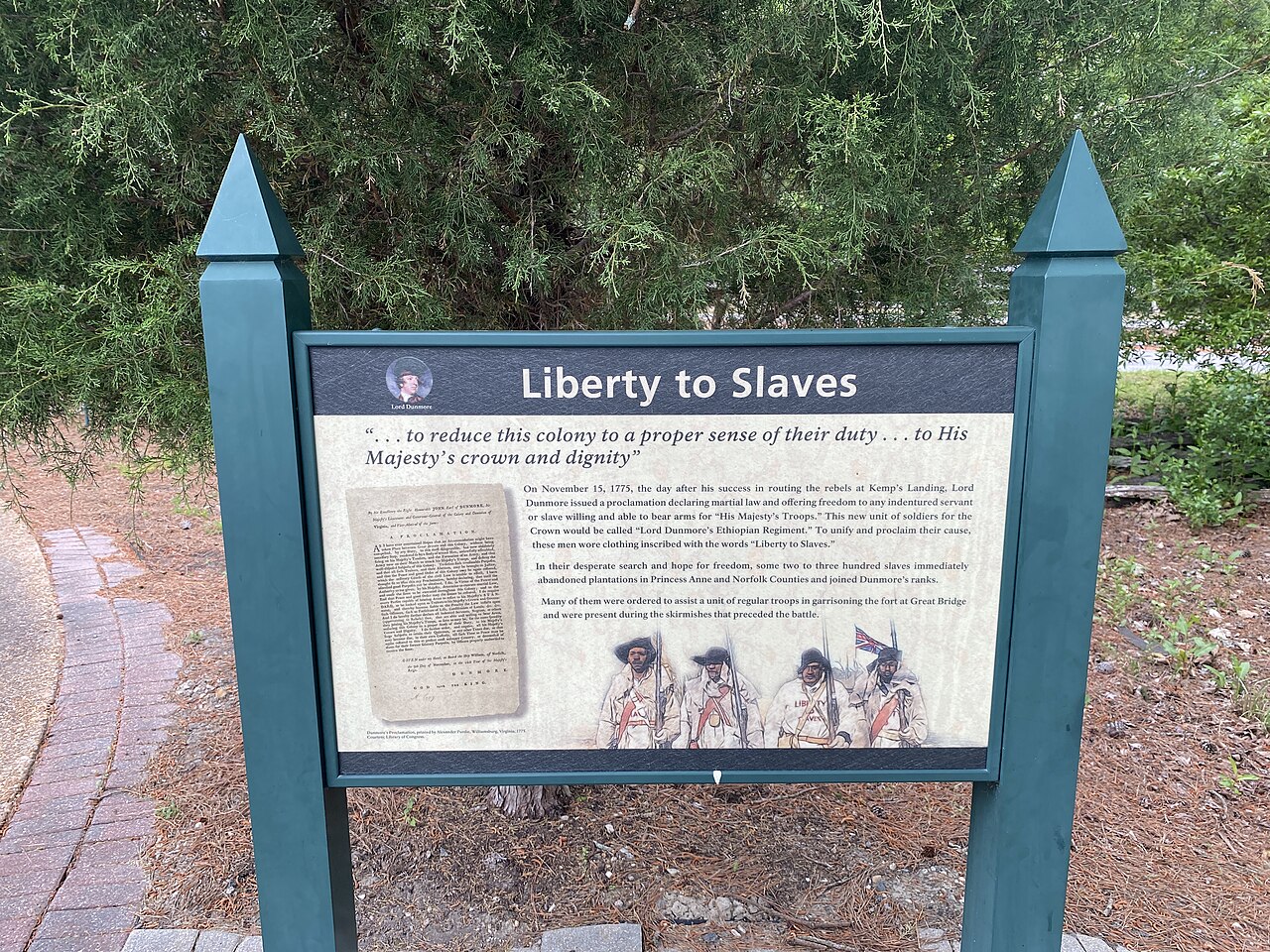 Geraldshields11, CC BY-SA 4.0, Wikimedia Commons
Geraldshields11, CC BY-SA 4.0, Wikimedia Commons
Tarring And Feathering
There are few tactics quite as effective as humiliating your opponents—and during the Revolutionary War, some colonists took this to heart, opting to tar and feather loyalists to embarrass them. The Daughters of Liberty, however, added their own twist to the practice.
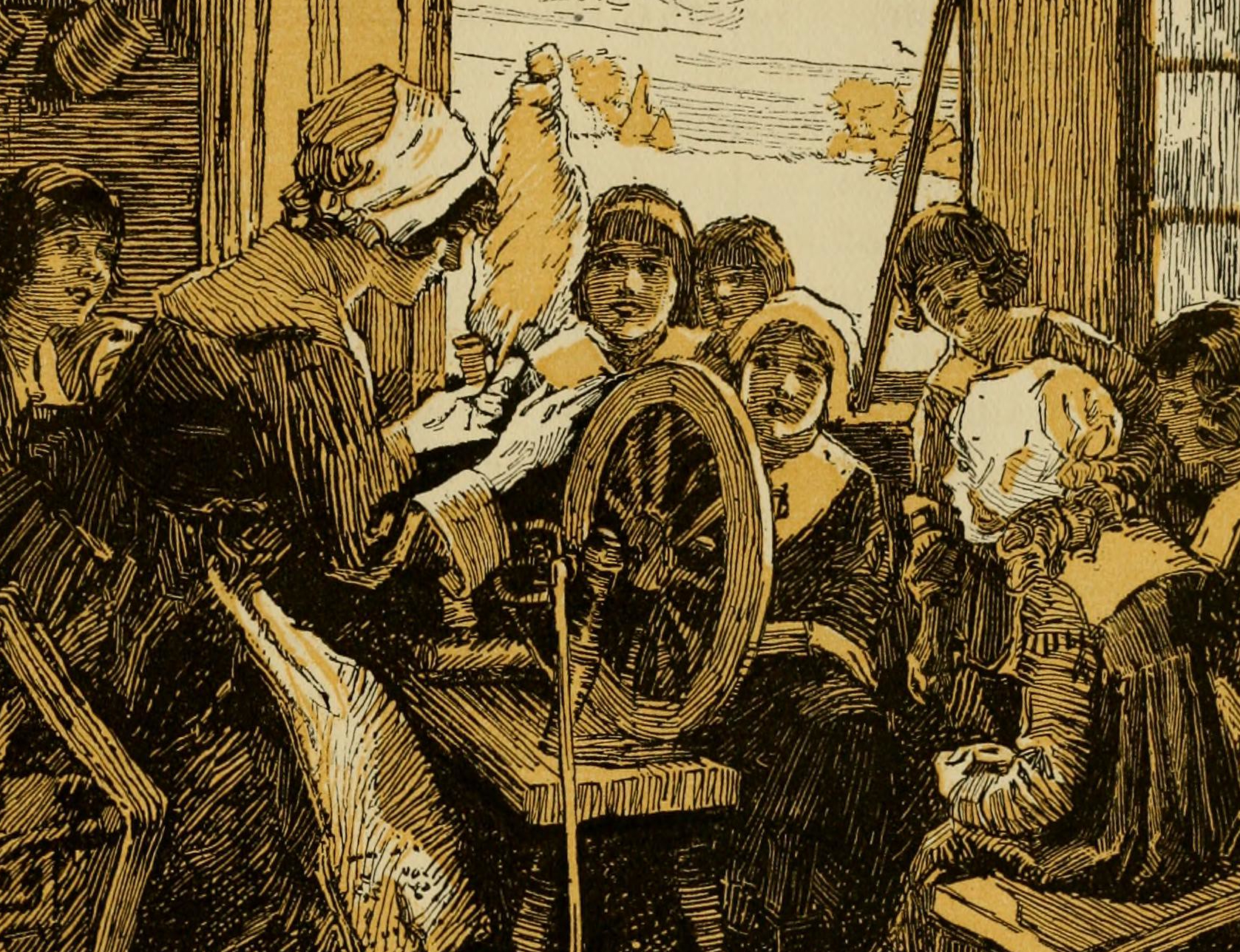 Internet Archive Book Images, Flickr
Internet Archive Book Images, Flickr
A Feminine Touch
The Daughters of Liberty were a revolutionary group comprised of women, fighting on the same side as the Sons of Liberty. Some notable members included Martha Washington and Sarah Bradlee Fulton, who participated in the Tea Party. Well, instead of tarring and feathering their opponents, they opted for a gentler approach.
They’d cover them with molasses and flowers.
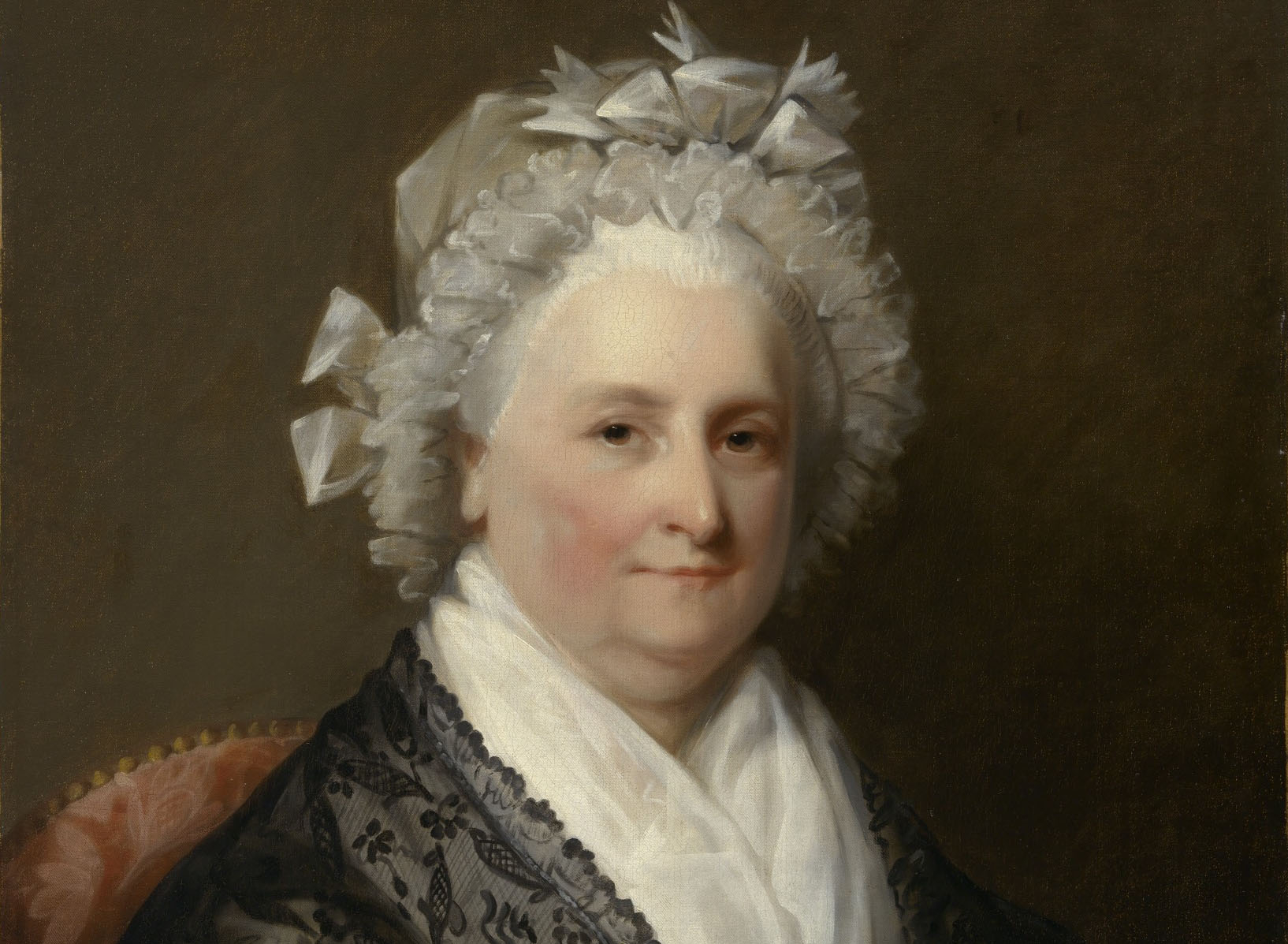 After Gilbert Stuart, Wikimedia Commons
After Gilbert Stuart, Wikimedia Commons
What’s Missing?
If you grew up in the US, there’s a pretty high chance you spent a hefty chunk of history class learning about the Declaration of Independence, and maybe even reading and studying it closely. Well, if you did, you might have noticed that something pretty important is missing.
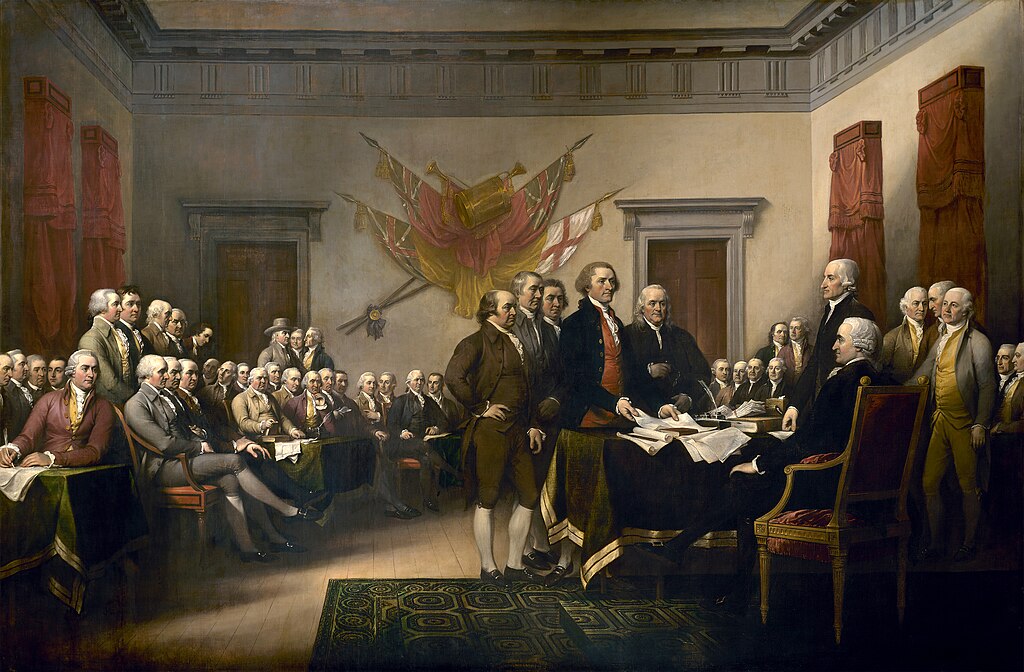 John Trumbull, Wikimedia Commons
John Trumbull, Wikimedia Commons
The Declaration Of?
The Declaration of Independence doesn’t actually include the word “independence”. The actual title is “The unanimous Declaration of the thirteen united States of America,” and in the body of the document, it instead mentions “free and independent states”.
The Authorship Issue
And speaking of the Declaration of Independence, many people believe that Thomas Jefferson was the sole author of the document—but just like Paul Revere, Jefferson wasn’t riding solo.
 Rembrandt Peale, Wikimedia Commons
Rembrandt Peale, Wikimedia Commons
A Group Effort
After writing the first draft of the Declaration of Independence, Jefferson worked with John Adams, Benjamin Franklin, Robert Livingston, and Roger Sherman to refine the text. Then, they submitted it to the Continental Congress, where it underwent further alterations.
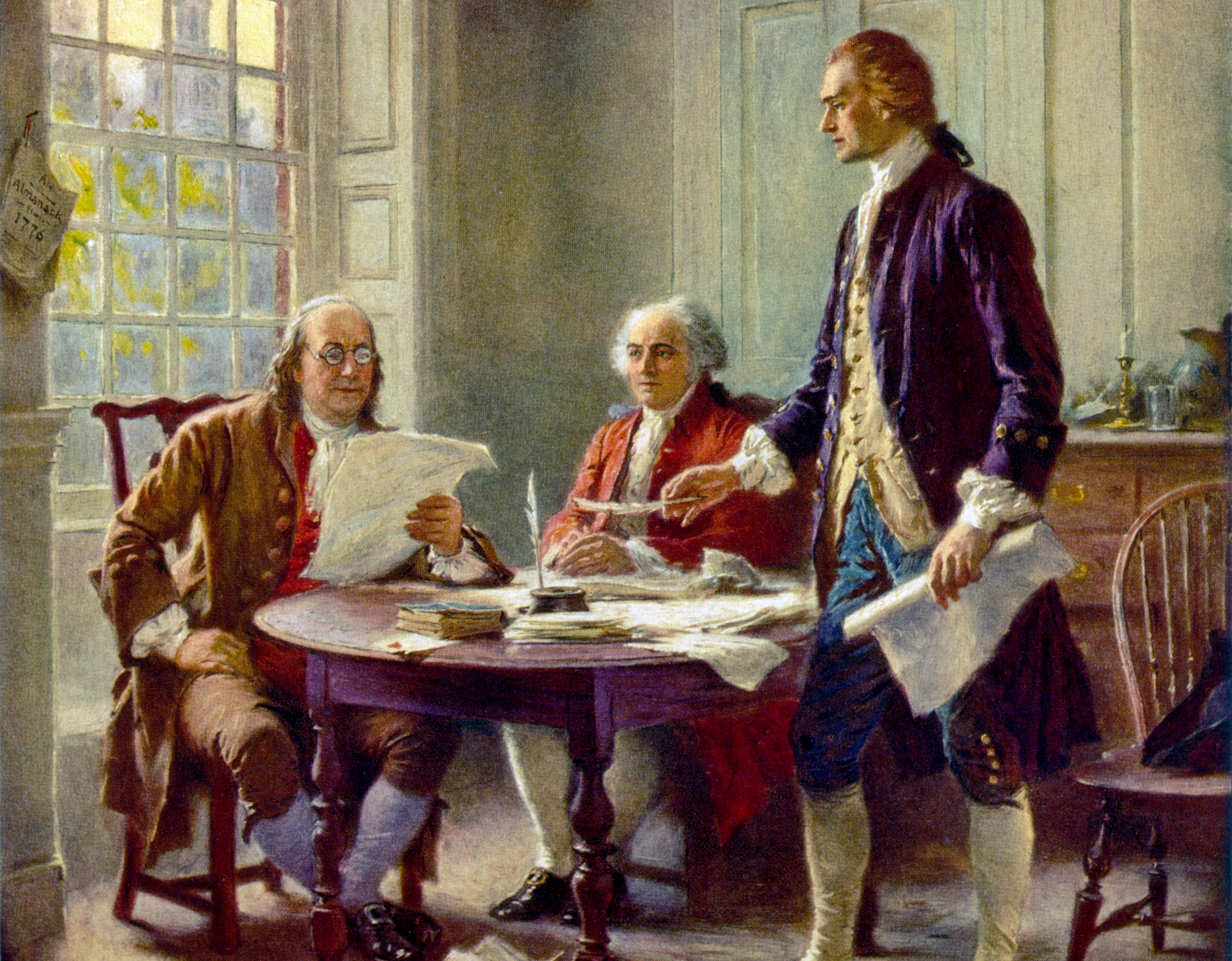 Jean Leon Gerome Ferris, Wikimedia Commons
Jean Leon Gerome Ferris, Wikimedia Commons
The Wooden Teeth Myth
One legend about George Washington is about his wooden teeth. General Washington suffered from tooth decay, and all his natural teeth, save one, eventually fell out. In their place, he was said to have worn dentures—but it turns out, the truth was much darker.
 Gilbert Stuart, Wikimedia Commons
Gilbert Stuart, Wikimedia Commons
The Tooth Hurts
Washington actually had dentures made of metal, ivory, bone, animal teeth, and even teeth from enslaved people, held together with metal springs. Sounds like a medieval device, not a medical one!

